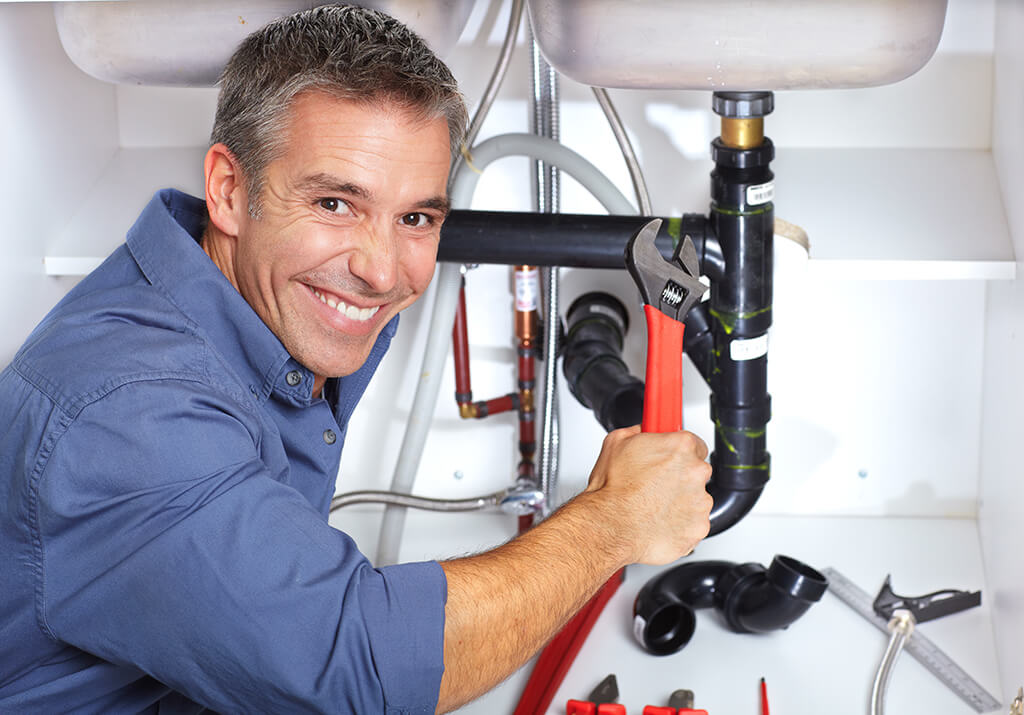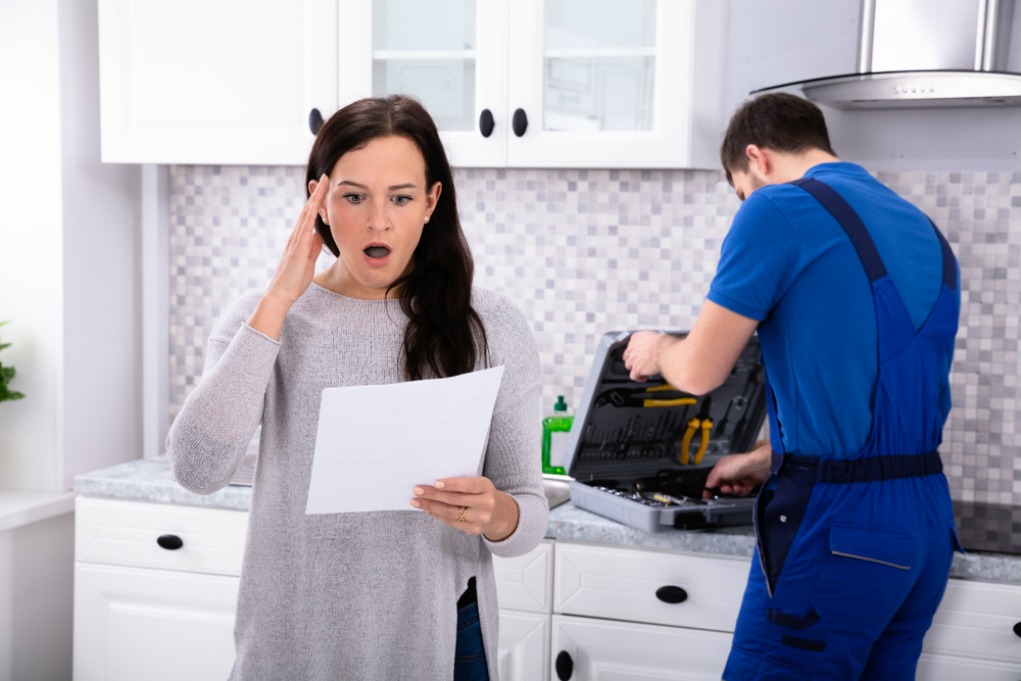Managing Plumbing Challenges in Older Homes: Tips to Fix Problems
Managing Plumbing Challenges in Older Homes: Tips to Fix Problems
Blog Article
We have encountered the article on Common Plumbing Problems in Older Homes down the page on the net and think it made perfect sense to quickly share it with you in this article.

Older homes often feature charm, character, and background, however they can also bring a host of pipes concerns. Whether you're dealing with maturing pipelines, low water stress, or leaks, knowing how to attend to these usual issues is essential to keeping a risk-free and functional home. In this overview, we'll explore the normal plumbing obstacles faced by older homes and give functional solutions to maintain your plumbing in top form.
Understanding Usual Plumbing Concerns
Aging Pipes
Among one of the most common concerns in older homes is aging pipelines. Depending on the age in which your home was constructed, the pipes may be made from products that have worn away in time, such as galvanized steel, cast iron, or perhaps lead. These materials can rust, come to be brittle, or establish leakages, bring about water damage and prospective carcinogen.
Water Quality Testing
Older pipelines can influence the high quality of your water. Conduct a water top quality test to check for contaminants such as lead, corrosion, or various other impurities that may be presented by maturing pipelines.
Solutions for Usual Pipes Issues
Replacing Aging Pipes
If your home has old, degrading pipelines, take into consideration changing them with modern products like copper or PEX. This can be a significant investment, however it will stop future concerns and boost the safety and reliability of your plumbing system.
Taking Care Of Low Tide Stress
To take care of low tide stress, begin by cleansing or changing old components and removing mineral buildup in the pipes. If the problem lingers, it might be necessary to replace areas of rusty pipelines.
Fixing and Changing Leaking Pipes
For small leaks, you can use pipe clamps or epoxy putty as a temporary fix. However, it's finest to change dripping pipelines totally to stay clear of more damages.
Upgrading Fixtures
Upgrading old fixtures to contemporary, water-efficient models can enhance your home's plumbing performance and lower water usage. Search for fixtures with the WaterSense label for the best effectiveness.
Taking Care Of Pipeline Rust
If your pipes are rusted, replacing them with corrosion-resistant materials like copper, PVC, or PEX is the best remedy. Normal examinations and water top quality upkeep can assist avoid even more deterioration.
Low Tide Stress
If you're experiencing low water pressure, maybe as a result of natural resources, rust inside the pipes, or old components that are no more working efficiently. This can be a significant aggravation, particularly in areas like showers and sinks.
Dripping Pipelines
Leaks are an additional constant problem in older homes, frequently caused by rusty or worn-out pipelines. Also small leakages can cause significant water damages, mold development, and boosted water expenses otherwise attended to quickly.
Outdated Components
Out-of-date plumbing components such as taps, toilets, and showerheads not just look old yet may additionally be less reliable, susceptible to leaks, or incompatible with modern-day pipes standards.
Pipeline Deterioration
Rust is an usual problem in older pipelines, especially those made from galvanized steel or cast iron. Rusty pipes can limit water circulation, trigger staining, and at some point result in leakages or pipe bursts.
Analyzing the Condition of Your Pipes
Inspecting Visible Pipelines
Start by checking any visible pipelines in your house, such as those in basements, crawl spaces, or under sinks. Try to find signs of rust, leakages, or rust, which can suggest underlying concerns.
Checking for Leaks
Look for leaks by checking areas around faucets, commodes, and under sinks. You can also monitor your water meter before and after a duration of no water use to discover hidden leaks.
When to Call a Professional
While some pipes problems can be taken care of with DIY services, there are times when it's best to employ a professional. If you're taking care of significant leaks, comprehensive deterioration, or are unsure about the problem of your pipelines, a qualified plumbing can give expert assessment and repair service.
Preventive Upkeep Tips
Regular Evaluations
Regularly check your pipes system for indicators of damage. Capturing issues early can prevent expensive repair services down the line.
Water Stress Regulation
Ensure your water pressure is within the suggested variety to stay clear of emphasizing your pipelines and components. A plumber can install a pressure regulator if needed.
Water Quality Maintenance
Install water filters or softeners if your water quality is poor. This can protect your pipes and fixtures from damages brought on by tough water or contaminants.
Proactive Pipeline Substitute
If your home has older pipelines, think about positive replacement before significant problems emerge. This can conserve you from emergency repair work and water damages.
Conclusion
Taking care of pipes issues in older homes needs a combination of watchfulness, preventive maintenance, and prompt upgrades. By comprehending the common challenges and understanding when to look for expert aid, you can guarantee your pipes system stays useful and reliable for many years to come.
Common Plumbing Problems in Older Homes
Older homes have a ton of character from the antique brass faucets, clawfoot tubs, and colorful tile to the Dutch doors, transom windows, and archways, there s a lot to love. Unfortunately, that character often includes old plumbing that s past its prime and isn t fit to support modern appliances.
If you own an older home and are suspicious about strange noises (ghosts?), smells, leaks, or frequent clogs in your plumbing, it's possible that your home s old age is to blame.
Learn more about the most common old house plumbing problems, and what can be done to fix them!
What Are the Most Common Plumbing Problems in Old Houses?
Old, corroded piping. Most older pipes are made of material that corrodes and rusts more easily. Even if over the years some of that piping was replaced with better material, the rest may be damaged or repaired with lower-quality material. Though expensive, it may be the best option to re-pipe your plumbing especially if there s rust or lead in your water. Slow drains. This could be the result of many issues, but most likely because of pipe bellies. These are sags in your drainpipes that happen as your home settles and shifts downward over time, putting pressure on your pipes and creating negative slopes. This can restrict water from flowing correctly through them and result in slow drains. Frequent clogging. As you might expect, pipe bellies can also lead to frequent clogging. Another reason for clogging could be due to buildup over time, or blockages from sediment and root growth. Scheduling a drain inspection and drain unclogging service can eliminate this issue. Damaged or failing sewer lines. Old homes are more likely to have foundational shifts and tree root overgrowth. This can put a lot of pressure on and in your sewer lines, leading to damage. Another common reason for failed sewer lines is because of modern appliance upgrades. Newer appliances put more strain on sewer lines, and if your old pipes aren t equipped to handle this, it can result in damage. If you have any wastewater backup, slow drains, or soft spots in your yard, you may need sewer line replacement. Worn or outdated fixtures. Plumbing fixtures old or new aren t built to last forever. Even if your fixtures seem like they re working well, it s best to check the wear on any internal parts. Minor wear and tear over time can lead to more costly leaks and plumbing issues. Our experts can perform a plumbing inspection for any part of your home s plumbing. Improper installations or repairs. Whether your plumbing was installed a hundred years ago, installed incorrectly, repaired incorrectly, or repaired with outdated materials, this can affect the long-term stability of your plumbing. In older homes especially, having your plumbing inspected is vital to preventing damage. What Are Old Plumbing Pipes Made Of?
Galvanized steel. Most often used between the 1930s and the 1980s, this piping material was discovered later in the 1990s to be prone to rust and corrosion, releasing lead into the water, which is dangerous to consume. Copper. Most homes built around the 1960s are likely to have copper piping. Unlike galvanized steel, copper is one of the most durable materials for plumbing pipes. The issue with this material is the risk of lead, which could be present in the piping itself or the solder applied to the joints and fittings. PVC. This material is still used today and was often used in older homes where piping was replaced because it was easy and inexpensive to install. PVC is also very durable, lead-free, resistant to rust and corrosion, and handles high water pressure well. The downside is that hot water can make it warp. How to Fix Plumbing Problems in Old Homes
Have your plumbing inspected. Before you begin or schedule any type of repair, schedule a plumbing inspection. An expert will be able to properly identify all the issues in your plumbing and the best solution to avoid further damage. Get your plumbing repaired or replaced as needed. Depending on the issues found with your plumbing, you may need minor repairs or larger replacements. Make sure these issues are addressed before you tackle any smaller issues. Remove any clogs or buildup. It s likely your old pipes are clogged with debris, mineral buildup, hair, tree roots, and more. Having your drainpipes cleaned will improve overall drainage and help prevent future leaks. Replace old fixtures. Before replacing any fixtures, check with your local plumber first. Not only can new fixtures strain your old plumbing pipes, but installing them incorrectly can lead to costly damage.

We had been shown that editorial on Common Plumbing Problems in Older Homes from a good friend on our other website. For those who enjoyed our article plz be sure to share it. Thank-you for taking the time to read it.
Source Report this page